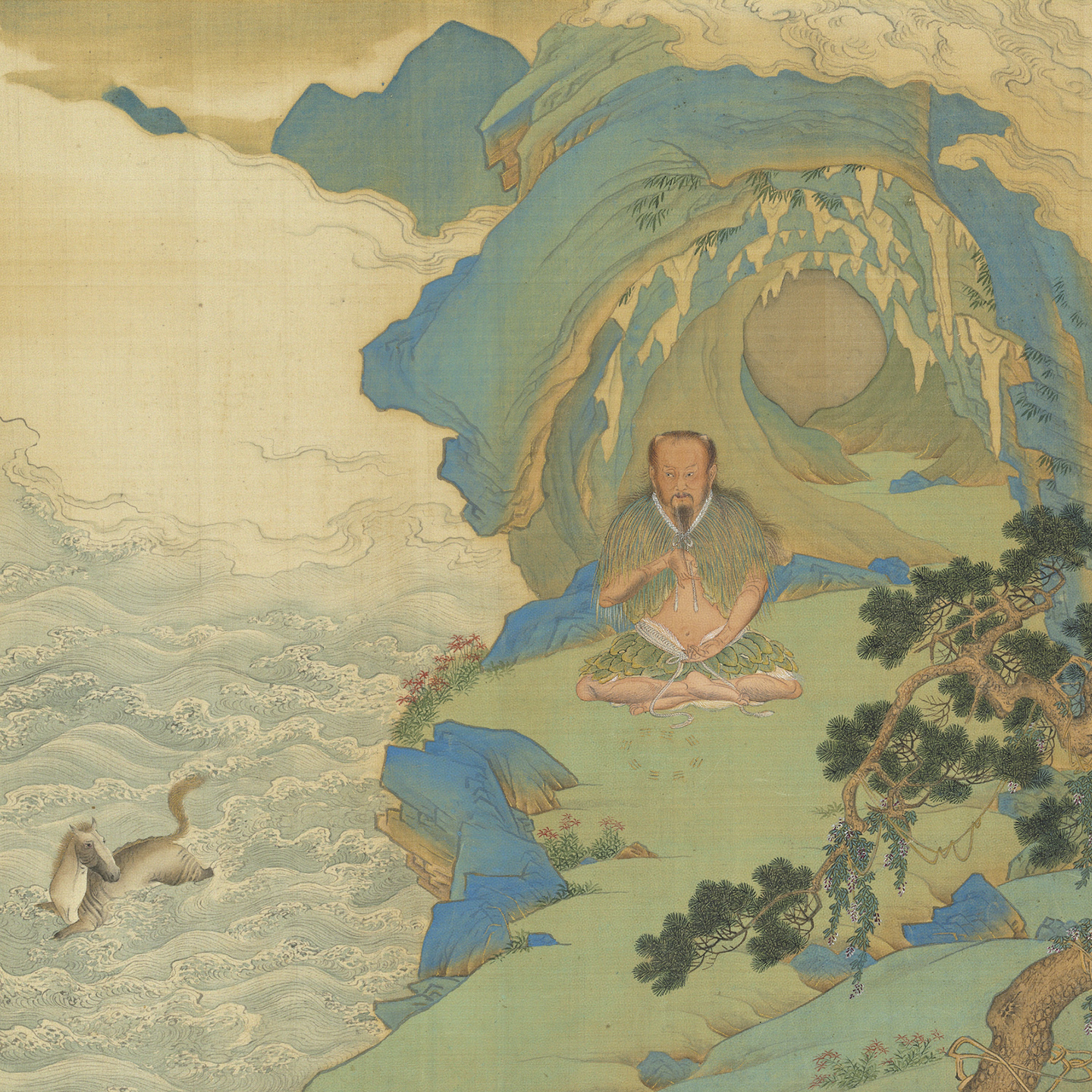In high antiquity, ancestors of the Chinese people began to observe many of the basic phenomena of the world around them. Gradually forming into a major change in perspective that marked the rise of Chinese culture, a unique kind of relationship developed between people and nature. For example, the legendary sage-ruler Fuxi is said upon "looking up to have witnessed forms in the heavens, looking down to have seen patterns on the earth, and to have observed the decoration of birds and beasts." Based on these he created the Eight Trigrams, combinations of broken and unbroken lines that symbolize and sum up all aspects of natural phenomena. Then, with the Eight Trigrams as a foundation, King Wen of the Zhou dynasty in the Book of Changes formulated combinations to create hexagrams for the interaction between yin and yang to describe the creation of everything in nature, expressing what became a universal and philosophical viewpoint in classical Chinese culture. Moreover, in the invention of Chinese writing, numerous characters were clearly inspired by nature. In this regard, another legendary ruler, the Yellow Emperor, is said to have ordered a court historian, Cangjie, to develop a system of writing, for which he observed and was inspired by animals and other things in nature to form characters. The view of "Harmony between Humanity and Nature" seen in antiquity further testifies to the Chinese understanding that people and the universe belong to a single entity. For instance, it was believed that astronomical phenomena could predict the outcome of certain events and, conversely, that the behavior of people as a whole influenced the heavens. The ancient Chinese continually used their wisdom in adapting to the environment, at the same time realizing the principles of heavenly and earthly operations and the way in which all things co-exist. The result was the ideal of a harmonious relationship between the "Three Powers" of the heavens, earth, and humanity, which became an important cornerstone for sustainable development in Chinese thought and culture.
Fuxi
- Qiu Ying (ca. 1494-1552), Ming dynasty
- Album leaf, ink and colors on silk, 32.5 x 32.5 cm
Qiu Ying (style name Shifu, sobriquet Shizhou), a native of Taicang in Jiangsu, was first a lacquer craftsman before studying under the professional painter Zhou Chen, from whom he learned much. Qiu went to become known as one of the Four Ming Masters.
This is the first leaf from the album "Orthodoxy of Rule Through the Ages." The brushwork is exceptionally mature, the coloring with heavy blues and greens for an opulent yet refined manner. The painting shows the mythological sage-ruler Fuxi seated cross-legged on an outcropping by the water, and in front of him is a depiction of the Eight Trigrams. Fuxi is also reportedly the ancestor of humans. Not only did he teach the first people how to fish, hunt, and domesticate animals, he is also credited with creating the Eight Trigrams called "qian," "dui," "li," "zhen," "xun," "kan," "gen," and "kun." Together, these combinations of broken and unbroken lines symbolize all phenomena of nature found in the heavens and on earth. Later generations would view this as the fundamental concept behind the influential Book of Changes, from which it is said to have derived, thereby enriching our view of the world and Chinese philosophical thought.

